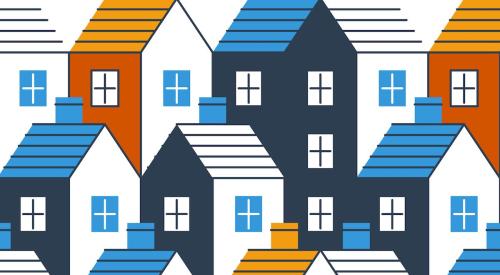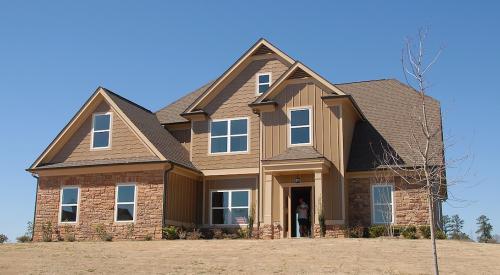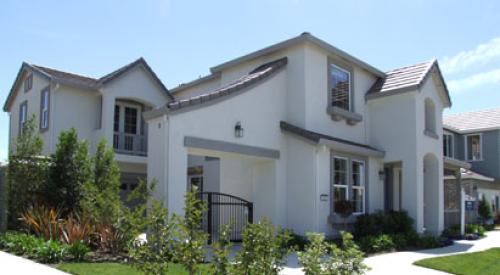Harvard Joint Center for Housing Studies Senior Research Associate Jonathan Spader lists ten surprising findings from the JCHS Rental Housing report, including new and continuing trends, and analyses from new data sources.
Cost burdened renting is defined as paying more than 30 percent of one's income on housing costs. In rural areas, roughly 40 percent of rural renters are cost burdened. Spader writes in the JCHS Housing Perspectives Blog that while this share is less than the share of cost burdened renters in the 9 largest metros, the rural cost burden is surprising since rural areas are likely to have the fewest obstacles to adding new units that would tend to keep housing costs down.
After declining for years, the national vacancy rate rose from 6.9 percent in the third quarter of 2016 to 7.2 percent in the third quarter of 2017. The softening is concentrated among high-cost units. RealPage data show that the vacancy rate for Class A properties increased by 1.5 percentage points year over year through the third quarter of 2017, whereas the vacancy rate for Class C units ticked up only slightly and remains near its post-recession low.













